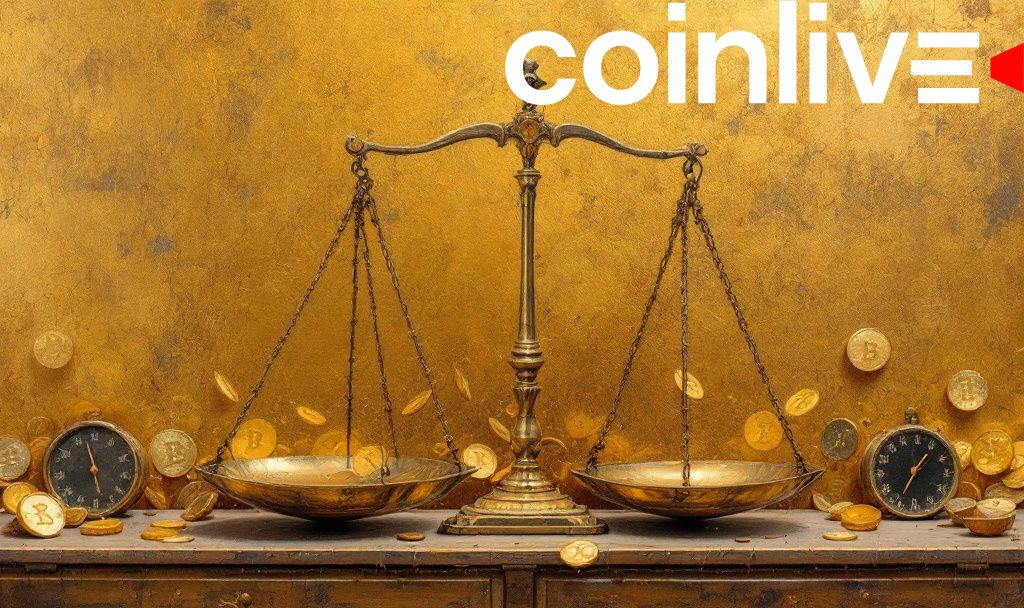- Grayscale reports inflation boosts demand for Bitcoin and gold.
- Bitcoin rebounds to $82,000 amid eased inflation fears.
- Stagflation risks drive scarce asset demand.

Grayscale Investments highlights rising inflation may favor Bitcoin, similar to gold’s role in the 1970s, with the report emphasizing shifts in market dynamics as of April 2025.
Grayscale’s analysis suggests Bitcoin could become a preferred hedge against inflation, comparable to gold’s role during past economic downturns. Grayscale Research indicates these conditions benefit scarce assets like Bitcoin. Bitcoin’s resilience is evident, recovering from volatility and reaching $82,000 in April 2025.
Grayscale’s insights highlight Bitcoin as comparable to gold during stagflation in the 1970s. Wu Blockchain announced that Bitcoin’s limited supply supports its role as an inflation hedge. “Inflation could drive demand for Bitcoin, noting its limited supply of 21 million coins as a hedge against inflation” Increasing demand suggests macroeconomic impact awareness among investors.
The influence of Bitcoin’s resurgence extends to diverse sectors. Market structures and policy adaptations improve its investment appeal, highlighting its digital store-of-value characteristics. Inflation-driven demand for alternative assets underscores Bitcoin’s potential during monetary and geopolitical shifts.
Grayscale suggests a potential rise in regulatory and institutional activity promoting Bitcoin’s adoption. If global stagflation persists, scarce digital assets might see increased appeal. Demand dynamics in cryptocurrency markets seem aligned with historical responses to economic stressors.
Grayscale’s research underscores Bitcoin’s capacity as a reliable haven in inflationary climates. Investors consider it a key asset within diverse portfolios, potentially reshaping financial strategies in uncertain times. Bitcoin’s standing might evolve as markets continue to respond to ongoing pressures.








